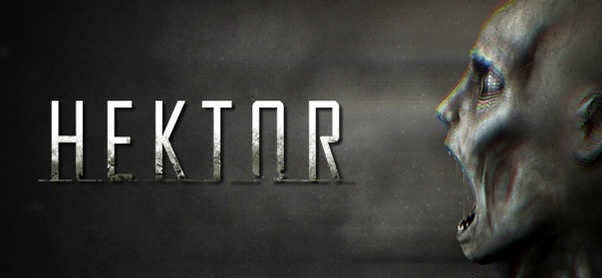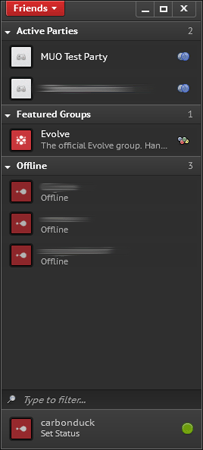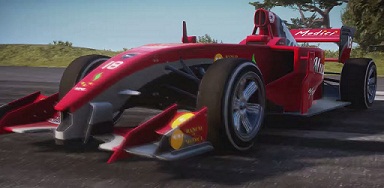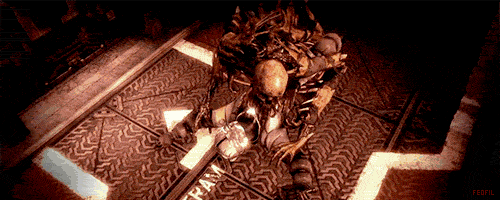

Jump to Content
Among the multiplayer maps in StarCraft II, few have had as much success as Metalopolis. The map is so well balanced that players demanded it to be returned when it was axed in Ladder Season 3. It was subsequently brought back in the map pool for Season 4 and Blizzard started to emphasize more on tournament maps in Season 5. Metalopolis is proof that power in StarCraft II definitely belonged to the people.
Official Map Description: “Your base is easily defended but nearby resources are harder to protect. Watch Towers observe the main paths across the map. Additional resources are challenging to hold in the middle of the map.”
Metalopolis was released in the beta and was met with positive feedback due to its balance. Being one of the oldest maps in StarCraft II, it shares a similar design to the Brood War map Gaia from the World Cyber Games. It was removed from the ladder map pool in season 3 to make way for newer maps, which was met with negative criticisms towards Blizzard’s attitude towards maps in SC2 and how it doesn’t allow more tournament-ready maps in the pool. Its use continued on in various tournaments and it was subsequently added back in for season 4 with close spawning positions removed.
Its main and natural bases resemble that of Shattered Temple, but this one has easily accessible third bases at 11 and 5 o’clock positions. The middle of the map consists of two high yield expansions and two Xel’Naga Watch Towers. The oval path makes for longer distances to travel for ground units compared to open areas in other maps. Various points of this path can be controlled to stem the opponent’s advance and perhaps even flank him when given the chance.
Natural expansions below the ramps of each main base. Easy access to the third base through a wide ramp on both sides. Fairly open, but still can be walled off and defended pretty well.
Every main base has a smoked area where a small area is hidden from the outside, with vision only when a unit is inside the area. This can be used for proxy buildings like Pylons and Nydus Worms for surprise attacks when the opponent hasn’t been able to keep an eye on that particular area.
There are two high yield expansions near north and south, facing towards opposite directions. They are great for quick boosts in economy, but they are located near the middle and are very accessible at all sides. This makes them hard to take and defend, making them easy targets. For Terran players, a risky way to get rich quick is to lift the Command Center at the start of the game to take this expansion as soon as possible.
Two Xel’Naga Watch Towers on top of small ramped platforms can be taken to reveal the high yield expansions and a good chunk of the main pathway on that corresponding side. Certain units can settle here and target enemy expansions that may have been set up at the gold bases, like Siege Tanks, Colossi, or Ghosts with nukes.
This map sees quite a bit of air action due to how tight the pathways are through the middle. The ladder version of the map also features close air spawning positions, so players would favor quick transitions to air units and/or drops. Terrans would favor cloak Banshees and quick drops, while the Protoss can go for quick Stargate openings and Warp Prism drops. The Zerg always have Mutalisks at their disposal, which can be very annoying to opponents. Take note though that anti-air defenses can be set up as a precaution beforehand, so scout with certainty.
With mirror matchups like PvP, it’s better to go with safe build orders like 3-Gate Robo and the like as such matchups can be pretty dicey and winning factors can be razor thin at best. Perhaps expansions can be taken earlier when spawned in cross positions, but the basic gist of playing in this map is that you have a smaller time window for offense than in a map like Tal’Darim Altar. If you’re Protoss, you can 1-base against Terran for a while until you defend against his army with force fields. You can’t turtle for too long though because you might just get hit by something like air units later on.
It’s common nowadays to see safe expand builds when back in the day, 1-base strategies were more common. The shift of focus from all-in strategies to more stable long-term play has showed how good this map is. With that said, getting that third base becomes a focus as you have two ramps on the left and right that could be an entry point for enemies. The idea of controlling where your opponent can move extends to the rest of the map as the oval path around the middle of the map is narrow enough as to facilitate control of the map. In this case, map control is also movement control on your opponent. Terran can do this well with Siege Tanks and such, but having troops cut off the pass is already quite enough. Just make sure that you can actually win fights though when it comes to that.
Zerg in the late game can effectively block off parts of the map effectively once creep spread has been achieved. Due to their remassing abilities, Zergs become pretty dangerous in Metalopolis during the late game, which is why matchups against this race in this map tend to lean towards timing attacks. Perhaps the same can be said about Terran as late game usually sees them having massive air armies. For Protoss, the Mothership does quite well here, but that’s until Heart of the Swarm comes out and removes that unit.




 Review: Hotline Miami
Review: Hotline Miami The Darkness is back - listen to Open Fire
The Darkness is back - listen to Open Fire The Sims 4 Wiki – Everything you need to know about the game .
The Sims 4 Wiki – Everything you need to know about the game . Just Cause 3 - Sports, Vintage and Modern cars at a glance
Just Cause 3 - Sports, Vintage and Modern cars at a glance 19 Most Brutal Boss Thrashings in Video Games
19 Most Brutal Boss Thrashings in Video Games